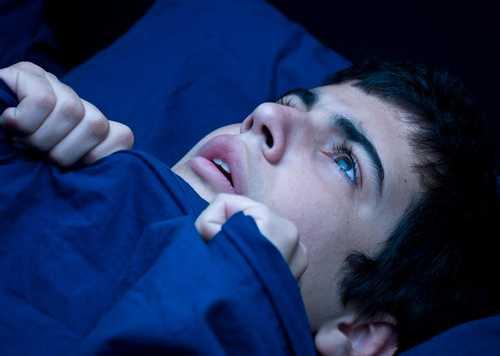Explore the World's Best Ideas
Join today and uncover 100+ curated journeys from 50+ topics. Unlock access to our mobile app with extensive features.
Sleep Paralysis
Apparent hallucinations of a dark monster holding the sleeping person, while he or she is unable to move or speak, is a phenomenon that is experienced by one-fifth of the population at least once.
Scientists dismiss these episodes as hallucinations, but cultural beliefs pinpoint towards mythical monsters/demons, black magic and paranormal activity.
132
1K reads
The Scientific Explanation Of Sleep Paralysis
Scientists claim a brain glitch blurs the wakefulness and Rapid Eye Movement (REM) modes of sleep, making the dreams come out in the real world, creating a hallucination.
To prevent you from acting out these dreams, the brain paralyses your body. Sometimes this mechanism fails and you see your dream in augmented reality in the real world.
135
731 reads
Cultural Interpretations of Sleep Paralysis
The Egyptians referred to sleep paralysis as something caused by a ‘Jinn’, which terrorizes and even kills the victims. Italians refer to this figure as Pandafeche, a giant cat.
South Africans interpret this as small creatures known as tokoloshe, who perform black magic, while in Turkey the creature has another name, the Karabasan.
120
590 reads
Fear And Sleep Paralysis
The ‘brain glitch’ explanation does not do justice to what is experienced by many victims throughout history and many fearful of a ‘demon attack’ episode, as it might be deadly to them.
The fear and resulting panic create a vicious circle in the minds of the victim, feeding into the demon, and making sleep paralysis chronic and deadly. People who are under depression or have had a traumatic experience are often more vulnerable to the attack.
130
696 reads
IDEAS CURATED BY
Camille A.'s ideas are part of this journey:
Learn more about health with this collection
How to handle conflicts
How to identify and regulate emotions
How to develop self-awareness
Related collections
Similar ideas
2 ideas
Why Rocking to Sleep Is a Matchless Sedative—and Elixir
scientificamerican.com
5 ideas
What Near-Death Experiences Reveal about the Brain
scientificamerican.com
3 ideas
The Science Behind Dreaming
scientificamerican.com
Read & Learn
20x Faster
without
deepstash
with
deepstash
with
deepstash
Personalized microlearning
—
100+ Learning Journeys
—
Access to 200,000+ ideas
—
Access to the mobile app
—
Unlimited idea saving
—
—
Unlimited history
—
—
Unlimited listening to ideas
—
—
Downloading & offline access
—
—
Supercharge your mind with one idea per day
Enter your email and spend 1 minute every day to learn something new.
I agree to receive email updates

